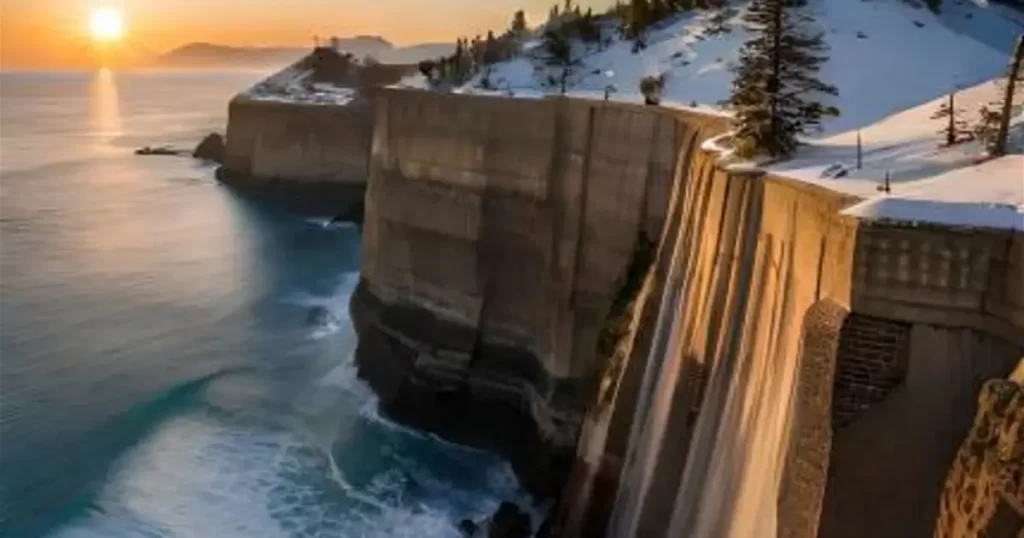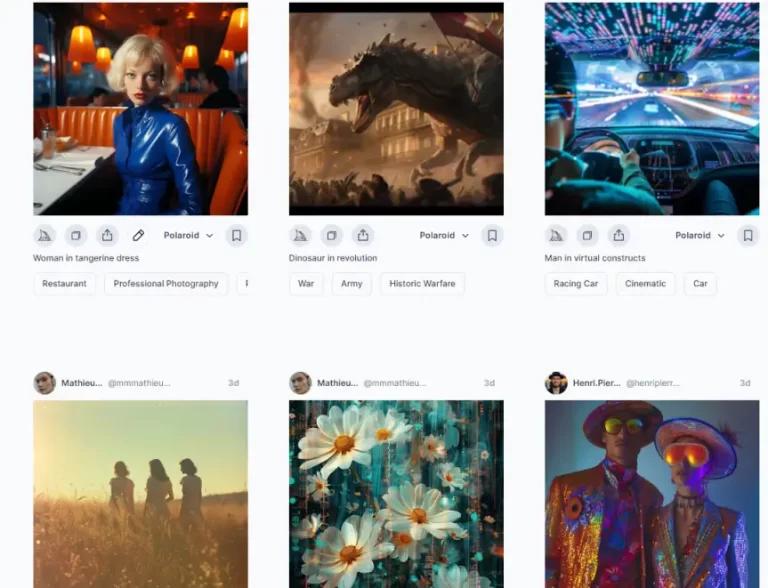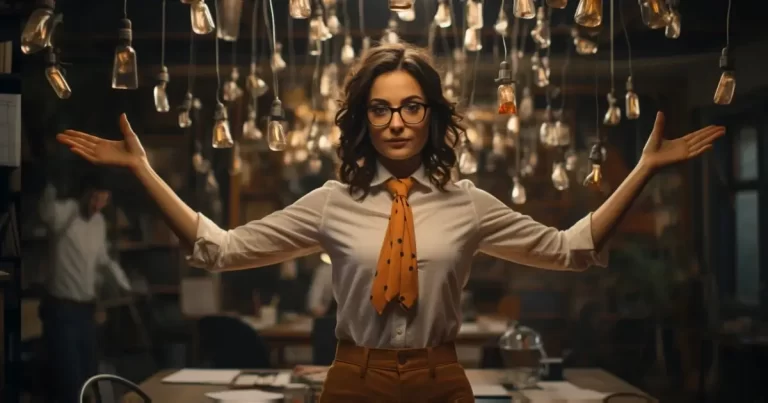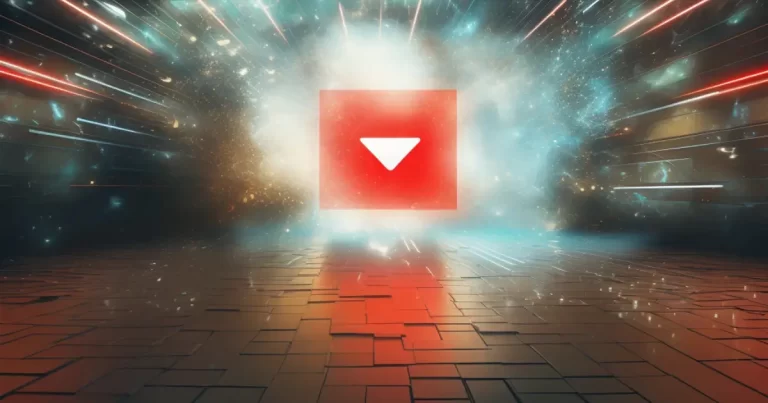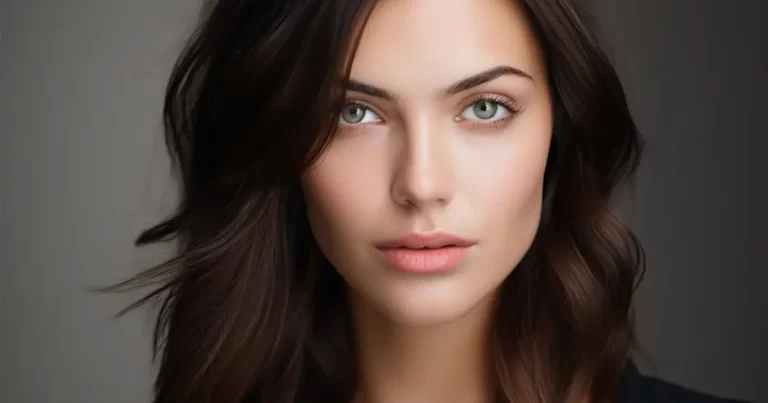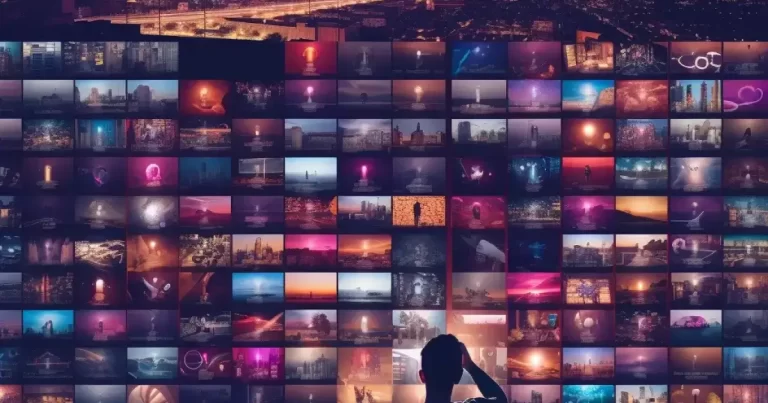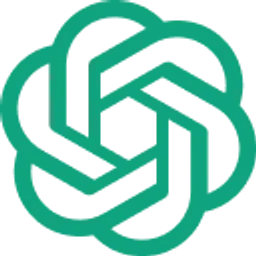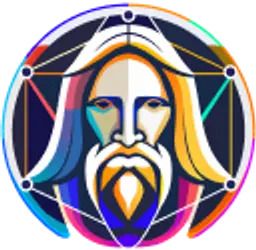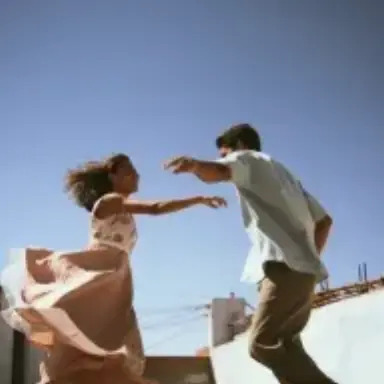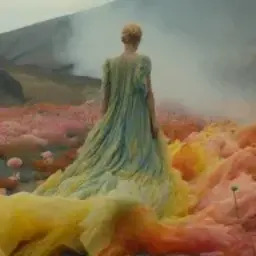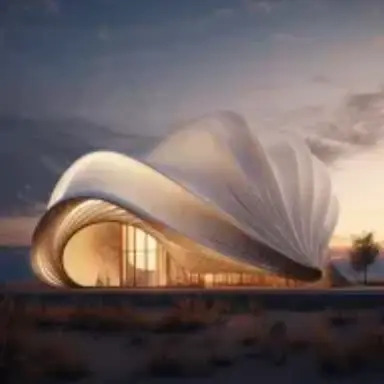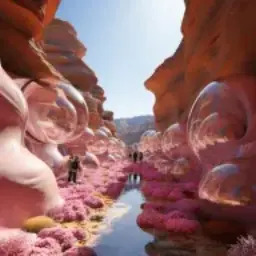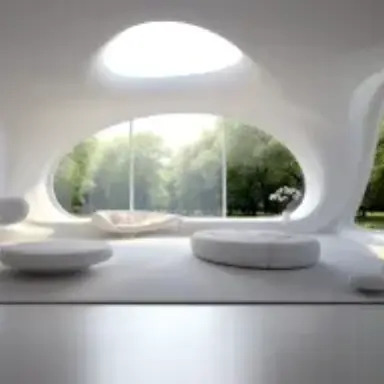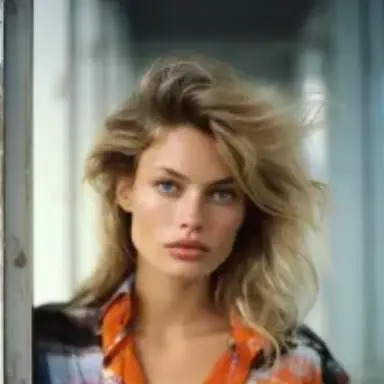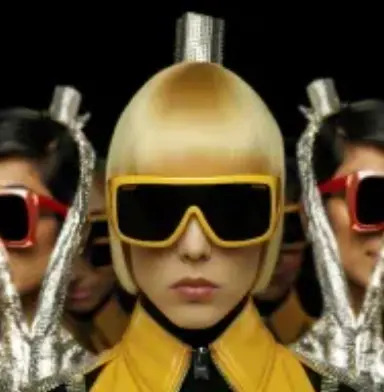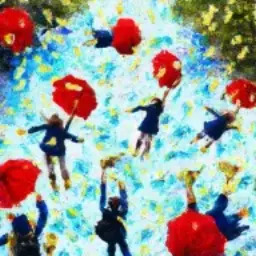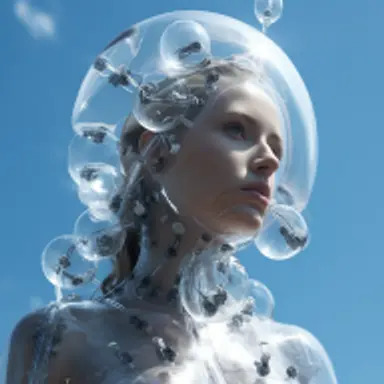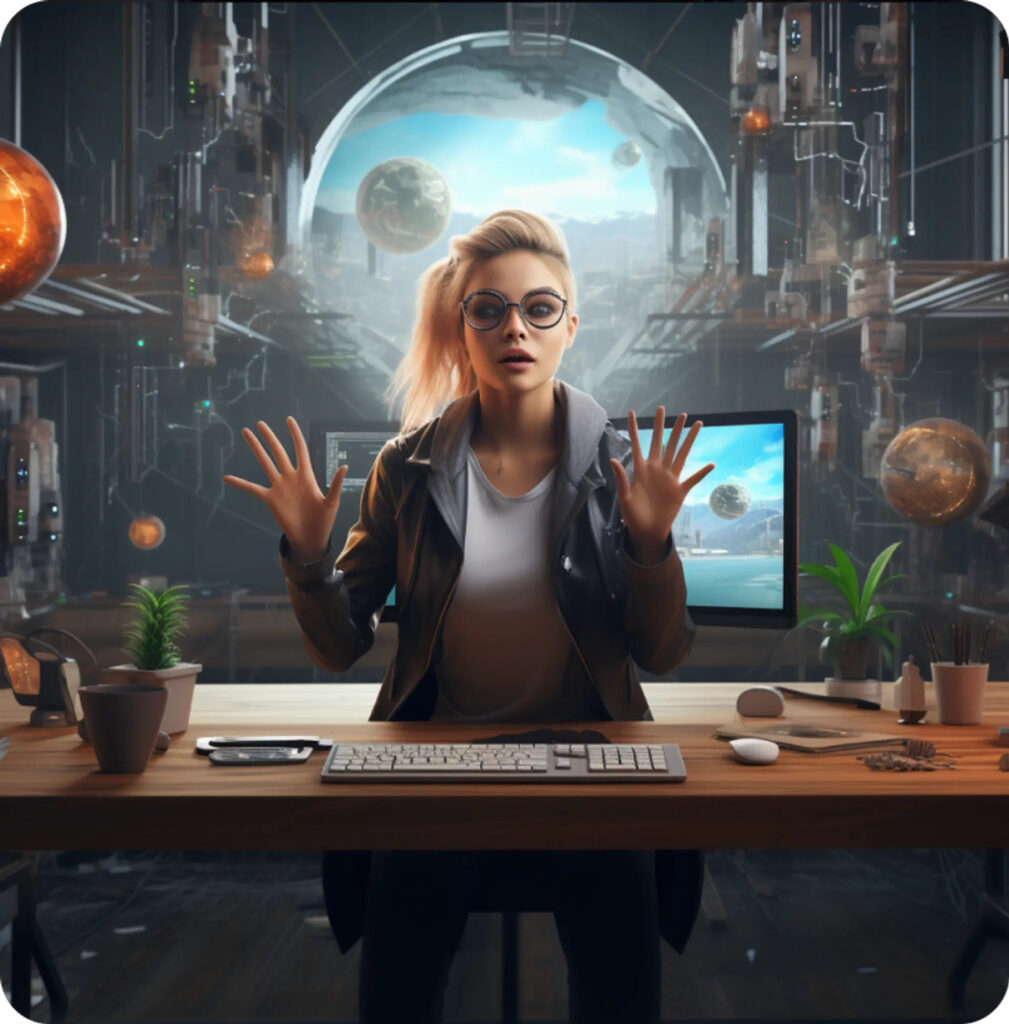Imagine an AI capable of transforming your written words into stunning visual art—an AI that can bring your imagination to life with just a simple text prompt. Meet DALL-E, a powerful image-generation AI model developed by OpenAI that’s redefining the boundaries of creativity and artistic expression.
Short Summary
- OpenAI’s DALL-E is an AI model that generates images from text prompts in a variety of artistic styles.
- It combines GPT-3 language models, diffusion techniques, and CLIP to produce unique visuals with high resolution.
- DALL-E 2 offers improved features such as faster speed and customization options, making it accessible for individuals, developers, and enterprise users on a cost-per-image basis.
Understanding DALL-E
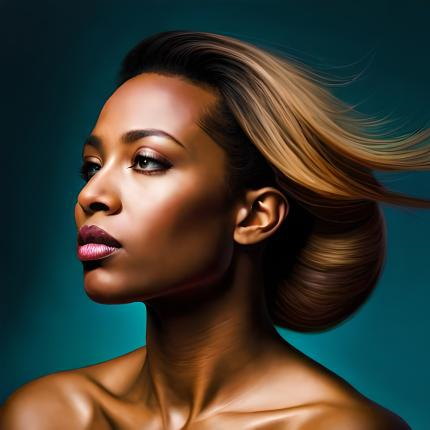
DALL-E is an AI model developed by OpenAI, an AI vendor known for pushing the boundaries of technology and innovation. With its ability to generate images from text prompts, DALL-E has the power to create captivating illustrations of objects, landscapes, and even abstract concepts in a range of artistic styles, from digital art to impressionism. Imagine typing in a description of a surreal painting and watching as DALL-E brings that image to life in front of your eyes.
At the heart of DALL-E’s image generation capabilities lie natural language processing (NLP), large language models (LLMs), and diffusion processing technologies. When combined, these technologies enable DALL-E to produce high-quality images that capture the essence of the text prompts it receives.
The AI behind DALL-E
The AI technology underpinning DALL-E is a marriage between GPT-3’s language model and a diffusion model for image generation. GPT-3, or the Generative Pre-trained Transformer 3, is a powerful language model that has made headlines for its ability to understand and generate human-like text.
DALL-E leverages a transformer neural network to facilitate connections between various concepts, enabling it to generate professional, high-quality illustrations from text prompts. The diffusion model ensures that the images produced are sharp and visually appealing.
DALL-E’s LLM is specifically optimized for image generation, utilizing 12 billion parameters to create a wide variety of images, even capable of generating complex visuals like a stained glass window. This optimization allows DALL-E to generate images with a resolution of 1024 x 1024 pixels, which is approximately one megapixel.
Development by OpenAI
OpenAI’s expertise in AI development has led to the creation of DALL-E, a groundbreaking image-generation AI model. When DALL-E was first introduced in January 2021, it showcased its ability to create convincing and stylized art by generating images of an astronaut riding a unicycle in a Salvador Dal-inspired landscape, just from a text prompt.
While DALL-E has its limitations, such as struggles with generating images involving text and not permitting the upload of images with recognizable faces, it is an impressive demonstration of AI’s potential in the creative field. As technology continues to advance, the potential applications for DALL-E and its successors are limitless.
The Process of Image Generation

The process of image generation by DALL-E involves inputting a text prompt and utilizing a technology called Discreet Variational Auto-Encoder (dVAE) to generate semantically plausible images that can possess specific artistic styles. The 12-billion-parameter model is trained on a dataset of text-image pairs known as DALL-E, which helps the AI understand the relationship between written descriptions and visual representations.
To generate images, DALL-E employs language models and diffusion techniques, which work together to produce a unique image generated for each prompt. This combination of technologies allows DALL-E to create images that are not only visually appealing but also accurately represent the text prompts it receives.
Training on Images and Text Captions
The training procedure for DALL-E involves utilizing a comprehensive database of images and their associated text captions. This database contains millions of images from datasets containing pictures accompanied by text captions, providing the necessary training data for DALL-E to understand the connection between text descriptions and visual representations.
DALL-E is trained using natural language processing (NLP), large language models (LLMs), and diffusion models, which work together to help the AI understand and generate images from text prompts. In the case of DALL-E 2, an improved version of the original model, Contrastive Language-Image Pre-Training (CLIP), is integrated to further enhance its performance.
Utilizing Language Models and Diffusion Techniques
DALL-E integrates GPT-3’s language model with diffusion techniques to generate distinct images from text prompts. This combination enables the AI to understand the context of the text prompts and produce clear images that accurately represent the descriptions provided.
There are benefits and potential drawbacks to using GPT-3’s language model and diffusion techniques in DALL-E. On one hand, the approach allows for the generation of high-quality images that accurately represent text prompts, enabling DALL-E to create unique visuals. On the other hand, the approach may result in some image quality and resolution concerns, which could limit the AI’s ability to generate images that are visually appealing in every case.
Applications and Use Cases for DALL-E
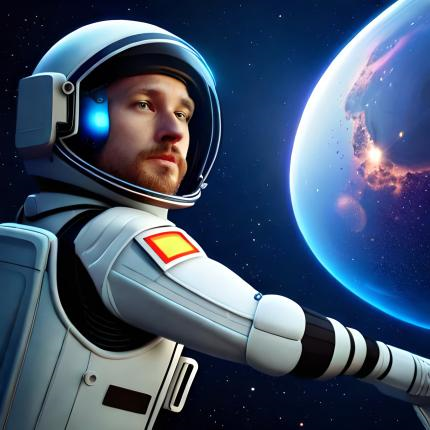
DALL-E’s groundbreaking technology generates images through its image-generation capabilities, which have a wide range of applications and use cases, such as AI-generated art, image remixing, and the outpainting feature for extending existing artworks. These applications span various fields, including automated image and video generation, virtual and augmented reality, AI-powered art and design, content creation and marketing, as well as innovation and exploration.
As AI-generated art and remixing become more widespread, they open up new possibilities for creative expression and push the boundaries of what can be achieved with technology. DALL-E’s outpainting feature allows users to seamlessly extend existing artworks, creating unique visuals and generating images based on text prompts.
AI-Generated Art and Remixing
AI-generated art is an emerging field where algorithms and models are used to generate creative and original pieces of art, ranging from paintings and drawings to music and poetry. With the potential to revolutionize the way we create and appreciate art, AI-generated art can be utilized to generate unique and imaginative images, as well as to remix existing images, and fabricate new works of art.
The applications of AI-generated art and remixing span various industries, including the creation of original and eye-catching visuals for advertising, artwork production for video games, and crafting experiences for virtual reality environments. As more creative professionals embrace AI-generated art, it opens up new avenues for artistic expression and innovation.
Outpainting Feature
The outpainting feature is a unique aspect of DALL-E that enables users to extend existing artworks, allowing them to create one-of-a-kind visuals or generate images from text. This feature offers users the opportunity to generate fresh content from existing images, fostering creativity and enabling more imaginative expression.
However, painting is not without its limitations. The quality of the existing image and the resolution of the produced image can impact the final result, and the process can be computationally intensive and time-consuming.
Despite these constraints, the outpainting feature remains an exciting and innovative application of DALL-E, with the potential to transform the way we create and interact with art.
Advantages and Limitations of DALL-E

DALL-E’s advantages lie primarily in its ability to generate high-quality images with impressive resolution. While AI is not without its limitations, its powerful image-generation capabilities make it a valuable tool for creative professionals and enthusiasts alike.
However, it is important to consider the ethical considerations, potential biases, and limitations of DALL-E when using the technology. By acknowledging these concerns, users can better understand the potential risks and make informed decisions about how they utilize DALL-E in their work and creative pursuits.
Image Quality and Resolution
DALL-E is capable of generating high-quality images that capture the essence of the text prompts it receives. The AI’s ability to create professional, high-quality illustrations is a testament to the power and potential of artificial intelligence in the creative field.
However, the resolution of images generated by DALL-E may be limited. While the AI can produce images with a resolution of 1024 x 1024 pixels, this is still relatively low compared to the resolutions achievable by more traditional digital art tools. As AI technology continues to advance, it is likely that image resolution will continue to improve, further enhancing the capabilities of DALL-E and similar AI models.
Ethical Considerations
When utilizing DALL-E, it is important to consider potential biases and ethical considerations, such as language restrictions and technical limitations in comprehending certain prompts. By being aware of these limitations and providing appropriate details, users can better understand the potential risks and make informed decisions about how they use DALL-E in their work.
Additionally, the potential risks associated with generated images should be considered, including the use of AI-generated images for malicious activities, such as spreading false information and fabricating news. By understanding the ethical considerations surrounding DALL-E, users can ensure that they are using the technology responsibly and in accordance with ethical guidelines.
DALL-E 2: An Improved Version
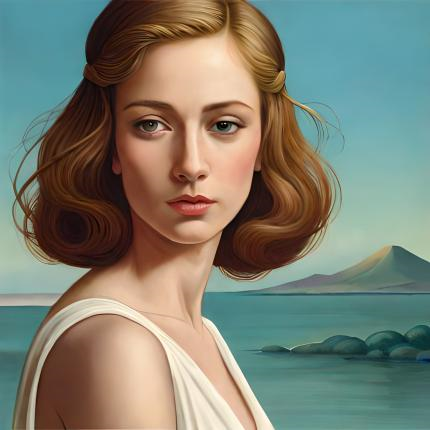
DALL-E 2 is an enhanced version of the original DALL-E, boasting new features and improvements that make it even more powerful and versatile than its predecessor. These enhancements include the implementation of a diffusion model for generating higher-quality images, increased speed, and the capability to customize images with various styles.
By building on the success of the original DALL-E, DALL-E 2 demonstrates the continued advancements in AI-generated art and image generation technology, showcasing the potential for even more creative and innovative applications in the future.
New Features and Improvements
DALL-E 2 includes a diffusion model for generating high-quality, realistic images, faster speed, and the ability to customize images with different styles. These features not only allow for more detailed and accurate image generation, but also provide users with greater control over the final output.
In addition to these improvements, DALL-E 2 has integrated Contrastive Language-Image Pre-Training (CLIP) to further enhance its performance. This integration allows DALL-E 2 to produce images of even greater detail and accuracy in response to a given text prompt, showcasing the advancements made in image generation technology.
Comparing DALL-E and DALL-E 2
When comparing DALL-E and DALL-E 2, it is clear that significant advancements have been made in image generation technology. DALL-E 2 is engineered to yield more lifelike images at higher resolutions that can combine concepts, attributes, and styles. This makes DALL-E 2 an even more powerful tool for creative professionals and enthusiasts alike.
As AI-generated art continues to evolve, it is exciting to imagine the potential applications and advancements that future iterations of DALL-E and similar AI models will bring to the creative field. The possibilities are truly limitless.
Cost and Accessibility of DALL-E
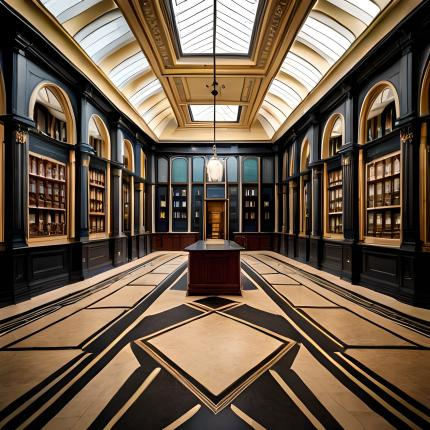
DALL-E is accessible to both individuals and developers, with a variety of pricing options available to suit different needs. Early adopters who registered before April 6, 2023, are granted free credits that are replenished on a monthly basis, allowing them to access DALL-E without any associated cost. New users can purchase credits, making DALL-E a flexible and affordable option for those who want to experiment with AI-generated art.
For developers integrating DALL-E into their own services via an API, billed on a cost-per-image basis, makes it a cost-effective solution for those who require a specific number of images. Additionally, OpenAI offers volume discounts through its enterprise sales organization, ensuring that DALL-E remains an accessible and affordable option for a wide range of users.
Free Credits for Early Adopters
Early adopters of DALL-E can access the platform with free credits, providing them with an opportunity to experiment with AI-generated art without incurring any costs. This incentive allows users to explore the capabilities of DALL-E and discover the potential applications of AI-generated art in their own creative pursuits.
By offering free credits, DALL-E encourages users to experiment with AI-generated art.
API Usage and Cost-per-Image Basis
API usage of DALL-E is available on a cost-per-image basis, allowing developers to pay only for the images they require. This flexible pricing structure enables developers to make the most of DALL-E’s capabilities while keeping costs manageable. Ensuring that DALL-E remains an attractive option for those who wish to integrate AI-generated art into their projects is key to its success.
Summary
In conclusion, DALL-E is a powerful AI model that has the potential to revolutionize the creative field by generating stunning visuals from text prompts. With its ability to produce high-quality images, a range of applications, and continuous advancements in technology, DALL-E demonstrates the limitless possibilities of AI-generated art. As we embrace the future of creativity, it is exciting to imagine the innovative and inspiring works of art that DALL-E and its successors will bring to life.
Frequently Asked Questions
Is DALL-E free to use?
DALL-E 2 is no longer free to try, as OpenAI’s trial credit scheme is no longer available. In order to use the program, you must now purchase credits.
What is DALL-E, and what does it do?
DALL-E is an artificial intelligence (AI) system created by OpenAI that can generate realistic images from text prompts. The model fuses textual input with the latent space representation to create a visually consistent and contextually relevant image. It was officially announced by OpenAI in January 2021.
Is DALL-E illegal?
DALL-E is not illegal, as the Copyright Office won’t register any copyrights on works created by it, and users are free to reprint, sell, and merchandise the images they create with it.
Furthermore, commercial use of DALL-E 2 is allowed, subject to the Content Policy and Terms.
How does DALL-E generate images?
DALL-E uses NLP, LLMs, and diffusion processing to generate AI images.
What are some applications of DALL-E?
DALL-E’s applications range from AI-generated art and image remixing to the outpainting feature, making it a powerful tool for transforming existing artworks.
